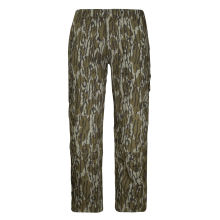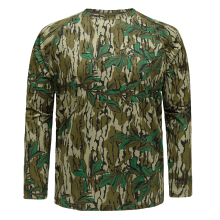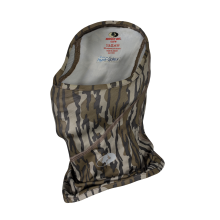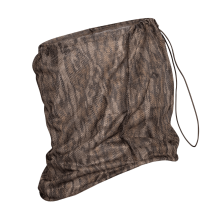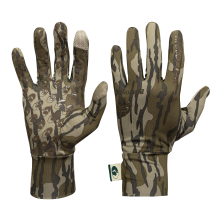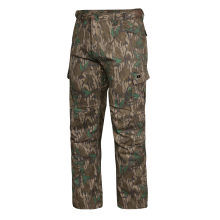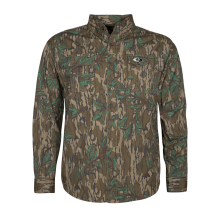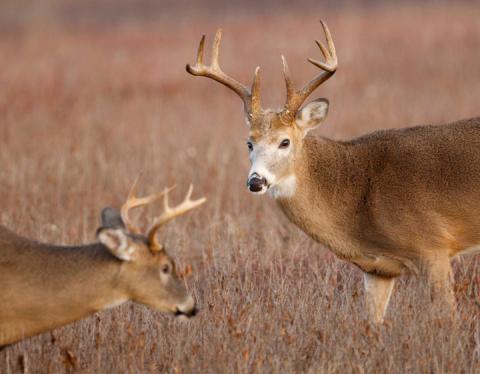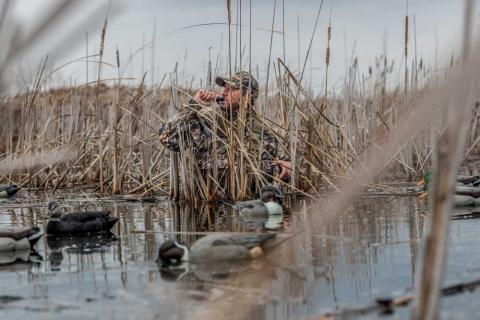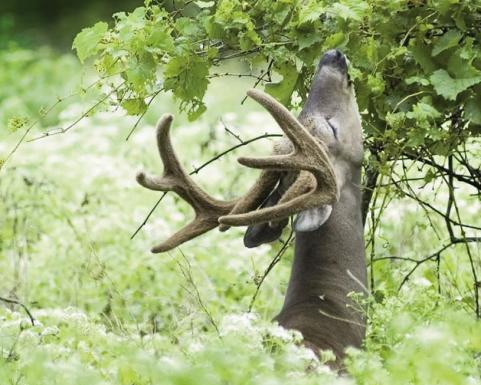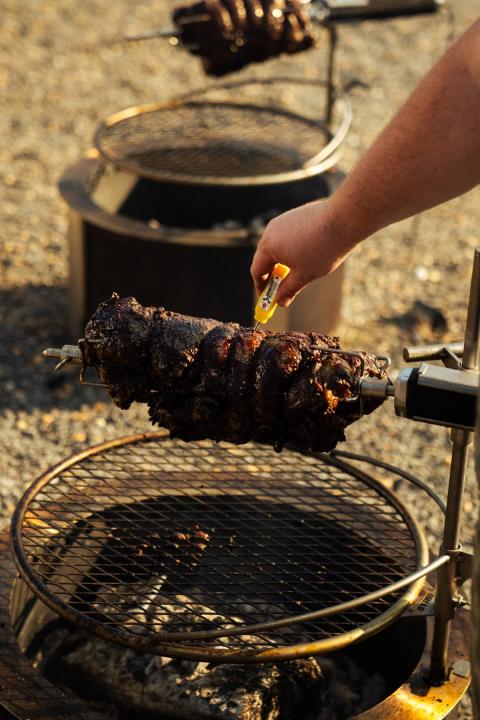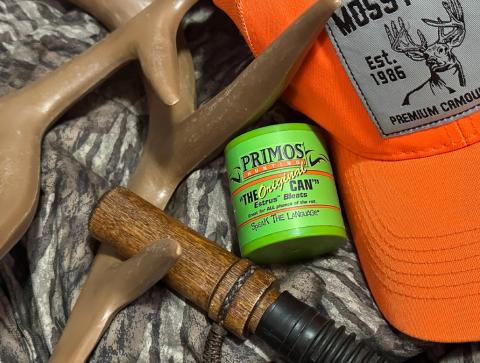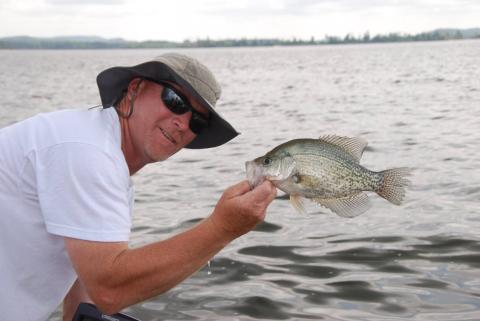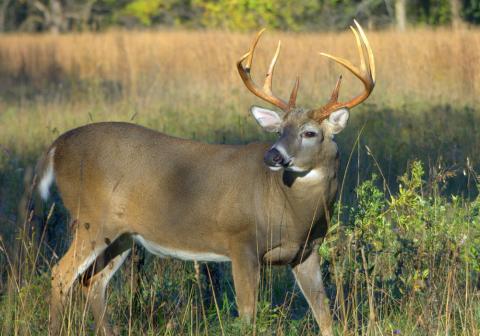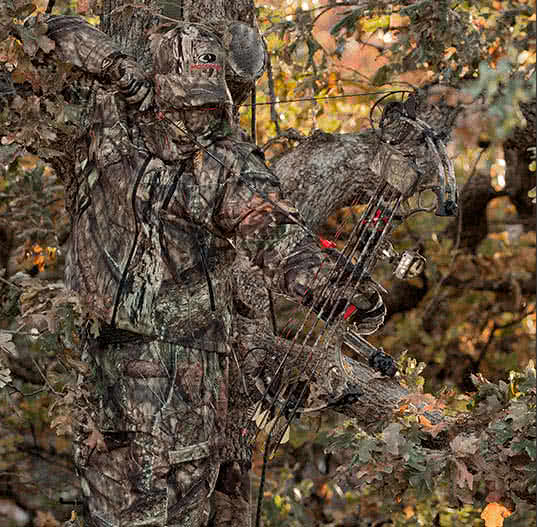Paul Annear
After each deer season, I go through a short but purposeful mental break from hunting thoughts and planning. But it doesn’t last long. No sooner than I store my boots away for a few months, I find myself breaking them out again in late winter for shed hunting and winter scouting. Some of the very best months to scout whitetails occur in late winter periods of February and March.
The late winter woods appears just as it did during late October and November. Scouring your late winter woods gives you an opportunity to scout stress-free and sharpen your eye for new hunting opportunities. Late winter may also be a great time to get a head start on habitat projects and tree stand relocation for the upcoming season. Here is how to make the most of your winter before spring arrives!

Stress-Free Scouting
While in-season scouting might be the new trend, I still have a hard time convincing myself to walk around the woods in the middle of October seeking out fresh deer sign. Knowing I could be bumping deer is always in the back of my mind. It’s sad to say, but I mainly rely on trail cameras and hunting sits as a substitute for boots on the ground scouting.
Late winter scouting changes everything. In late winter, there is no fear of bumping deer to mess up future hunting. While I do scout mid-season from time to time, its usually on the way to a tree stand when I carved out extra time before an afternoon hunt. The ability to cruise through the the late-winter woods seeking out last years scrapes and trails allows me to gather critical info for next year, stress free. I will scout with snow on the ground from time to time, but scouting with no snow cover allows last year’s sign to show itself more clearly. If you haven’t spend significant time scouting and spending more time in the woods during late winter, you need to start.
Improve your Woodsmanship
I live in the upper midwest, and by the time late winter rolls around, I feel cooped up. Late winter scouting not only relieves cabin fever, but it’s a time of year where you can take your time to mark bedding areas, new trails, or future tree stand sites on mapping applications.
While I’m out walking, I’ll cover bedding areas and envision how I can hunt in or near them based of predicted winds and thermals during the time of year I plan to hunt them. It may even be worth having a buddy tag along so one of you can stand in a known deer bedding area while the other tries to access a tree stand you may have close to the bedding location. This can clue you into whether you are spooking deer when entering your tree stand.
Getting out and about during late winter will help you become a better hunter. Simply observing other animals in the woods such as squirrels and rabbits can clue you into what whitetails need to survive. Every animal in the woods is doing everything in their power to survive on a daily basis, and that thought process should affect how you approach your hunting. Don’t miss opportunities to hunt other game throughout the year because you never know what you may learn.
Small Tweaks

During your late winter scouting, it can be a great time to actually move tree stands and also see how shooting lanes may impact your shot opportunities. Moving stands before summer heat arrives can save you valuable time when family summer activities pick up, and you’ll also avoid sweat-filled afternoons fighting mosquitos while you’re twenty feet up in a tree. Just be sure to check straps and safety lines before each hunt no matter if you leave stands out or not.
If you haven’t used solar panels with your cellular trail cameras, you should be. Finding new spots during late winter scouting and leaving your cameras out year-round on a solar panel not only teaches you deer behavior patterns, it also saves you the summer hassle of re-deploying every trail camera. Additionally, it can actually be easier on your cameras if they are left out all year because you aren’t bringing them in and out of cold or hot conditions that could cause condensation inside the camera. Late winter in an excellent time to tinker with your set ups.
Habitat Improvements
The months of February and March are habitat season! Once your scouting is done, its time to break out the chainsaw and improve whitetail habitat. If you have a Timber Stand Improvement project or prescribed burn on the to-do list, now is the time.
A chainsaw is perhaps the cheapest and easiest tool you can utilize to create better deer habitat. Felling trees completely, girdling and even hack-and squirt are all on the table. Before you grab a hatchet and mix up your herbicide spray for the hack-and-squirt method though, check with a local forester to see if sap is running in tree species you can plan to hack-and-squirt. If sap is running, it will make your herbicide mix significantly less effective.
I am not a huge fan of hinge-cutting simply because of the mess it can create if you don’t plan strategically. However, deer love a messy tangle of forest cover so there is a time and place for it. If you’re unfamiliar with hinge-cutting, it can be dangerous so be sure you brush up on your skills. Hinge-cutting can create a good amount of browse for deer during a heavy stress period for whitetails.
Completely flush cutting trees is my favorite method of Timber Stand Improvement. By taking down the entire tree, you guarantee the most sunlight possible is reaching the ground. If you’ve ever completed a TSI project, you know it takes a serious amount of sunlight to create forest floor regeneration that will help hide whitetails and create browse.
After the hustle of deer season, late winter months are an excellent time to contact your local Natural Resources Conservation Services office and see what programs you may be eligible for. Select government programs can pay you to complete habitat improvement projects or even lower your taxes on the property.
Plan Now
Hopefully this article has motivated you to get moving on your late winter scouting. The learning opportunities are always there in the woods, it's just a matter of you buckling up and getting out there. How many times do you come home after a hunt or a scouting opportunity saying “I learned something new”? I say it a lot. Get out there and scout stress-free, make some small tweaks to your set ups, and get a head start on projects both big and small!








